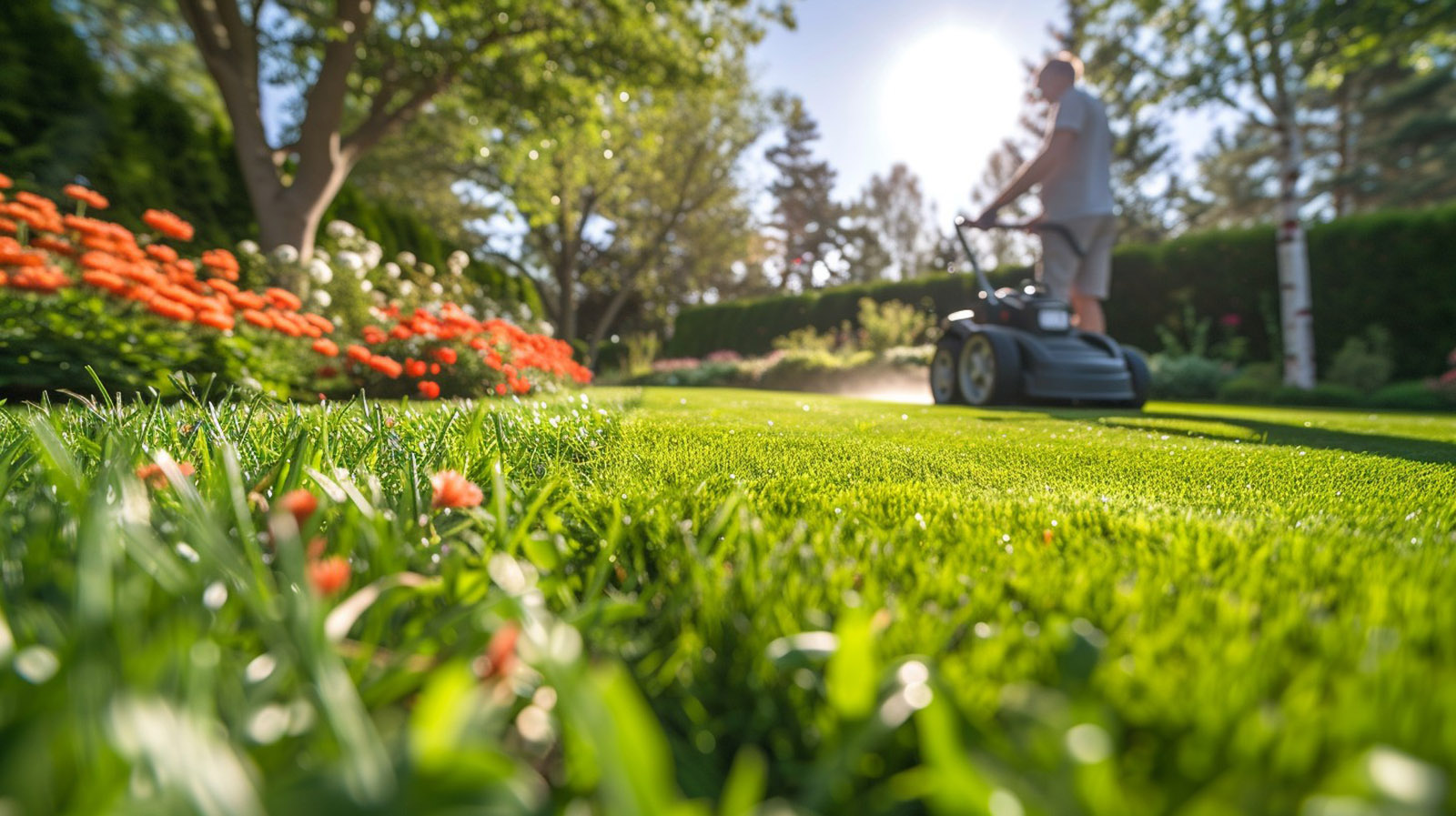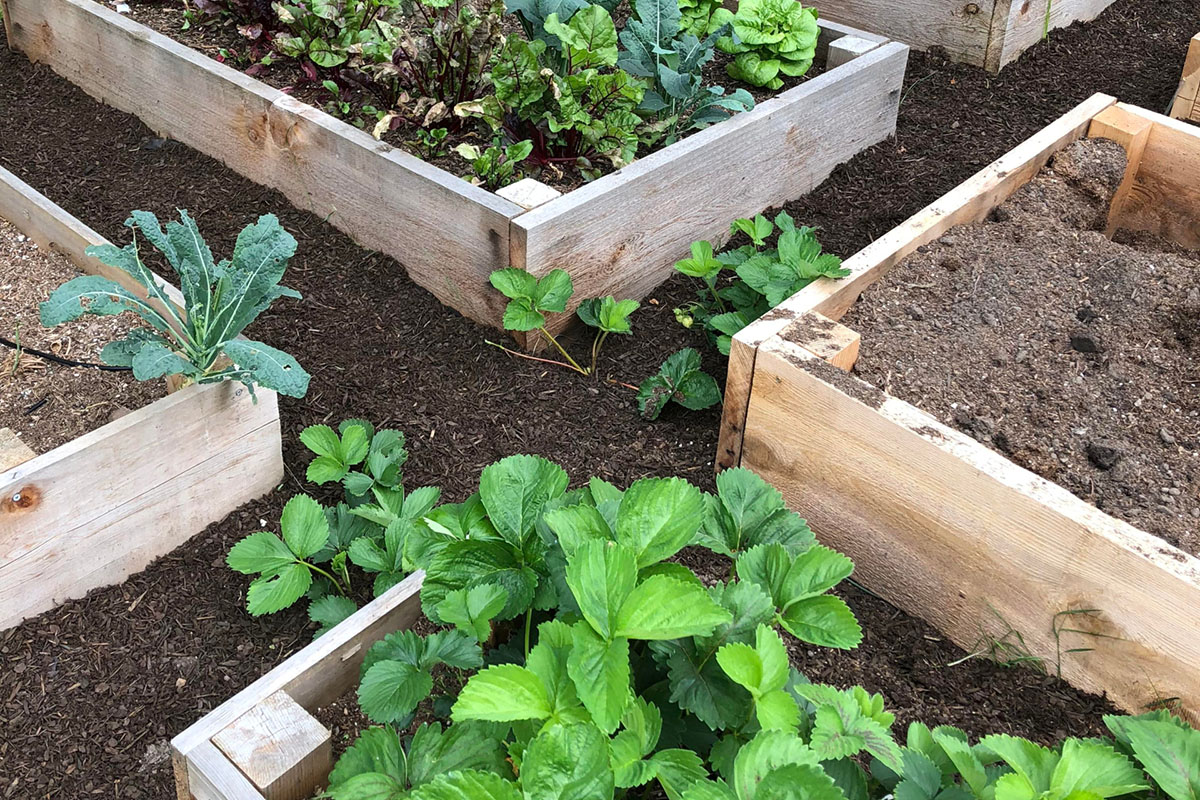
Growing vegetables in raised garden beds is a rewarding endeavor that offers numerous benefits, from efficient space utilization to better soil drainage. In this article, we will walk you through the essential steps to create a thriving vegetable garden in raised beds, enabling you to enjoy a bountiful harvest right in your backyard.
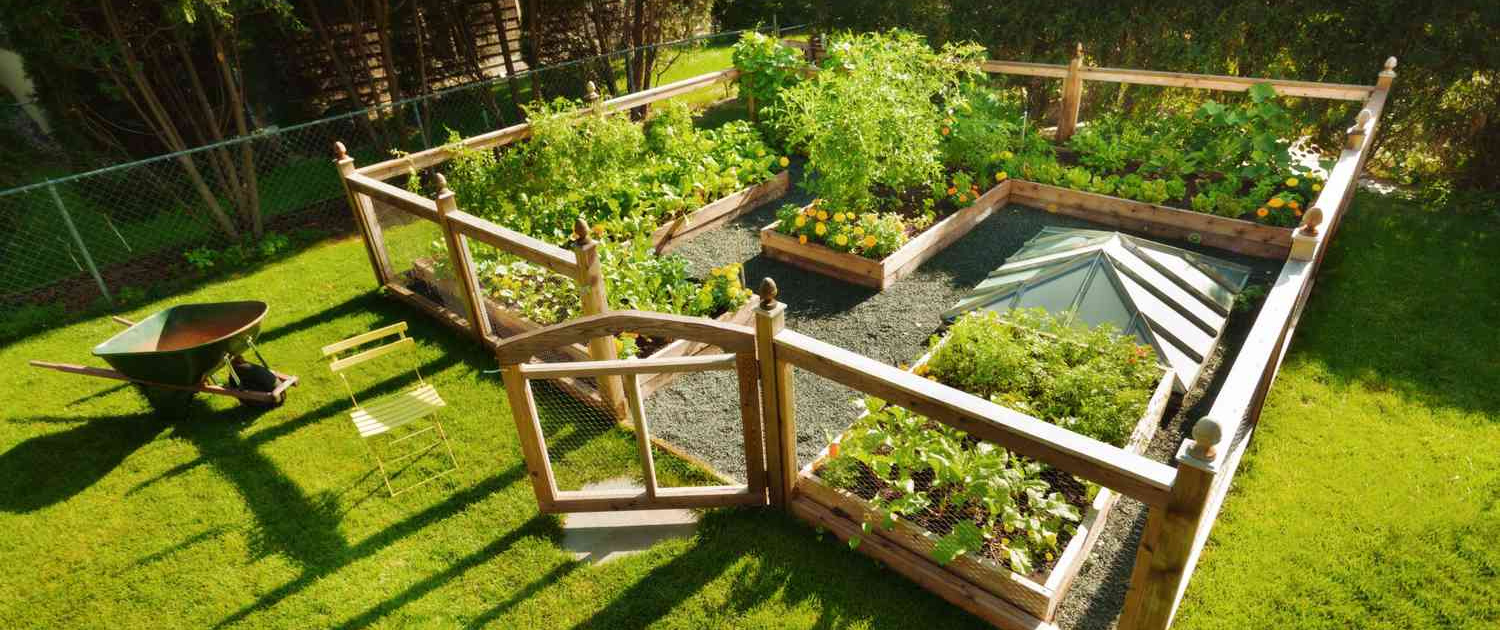
Select the Appropriate Location
Select the Appropriate Location
Select a sunny spot for your raised garden beds, as most vegetables require at least 6-8 hours of direct sunlight daily. Avoid areas prone to waterlogging and opt for level ground to ensure proper drainage.
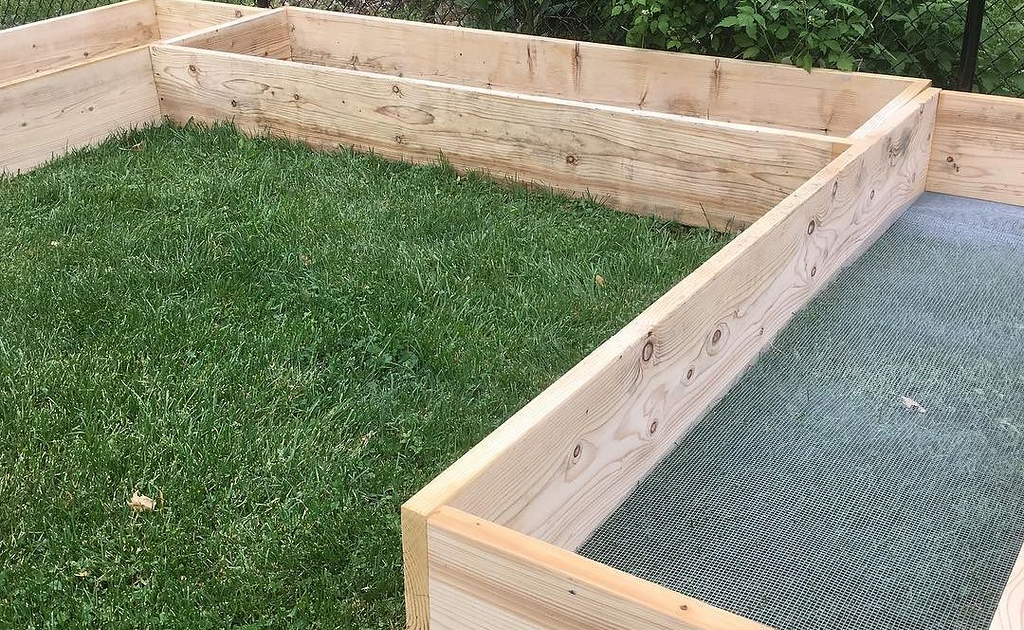
Build or Purchase Raised Beds
Build or Purchase Raised Beds
Construct raised beds using rot-resistant wood, bricks, or composite materials. Alternatively, ready-made raised bed kits are available for convenience. Ensure the beds are of a manageable width (3-4 feet) for easy reach and maintenance.

Soil Preparation
Soil Preparation
Fill the raised beds with a high-quality, well-draining soil mix rich in organic matter. Blend compost, aged manure, and vermiculite to create a nutrient-rich growing medium that encourages robust plant growth.

Choose the Suitable Vegetables
Choose the Suitable Vegetables
Select vegetables that are well-suited for raised beds. Opt for compact and dwarf varieties of tomatoes, peppers, lettuce, carrots, and herbs. Consult local gardening resources to determine the best vegetables for your climate and soil conditions especially in British Columbia.
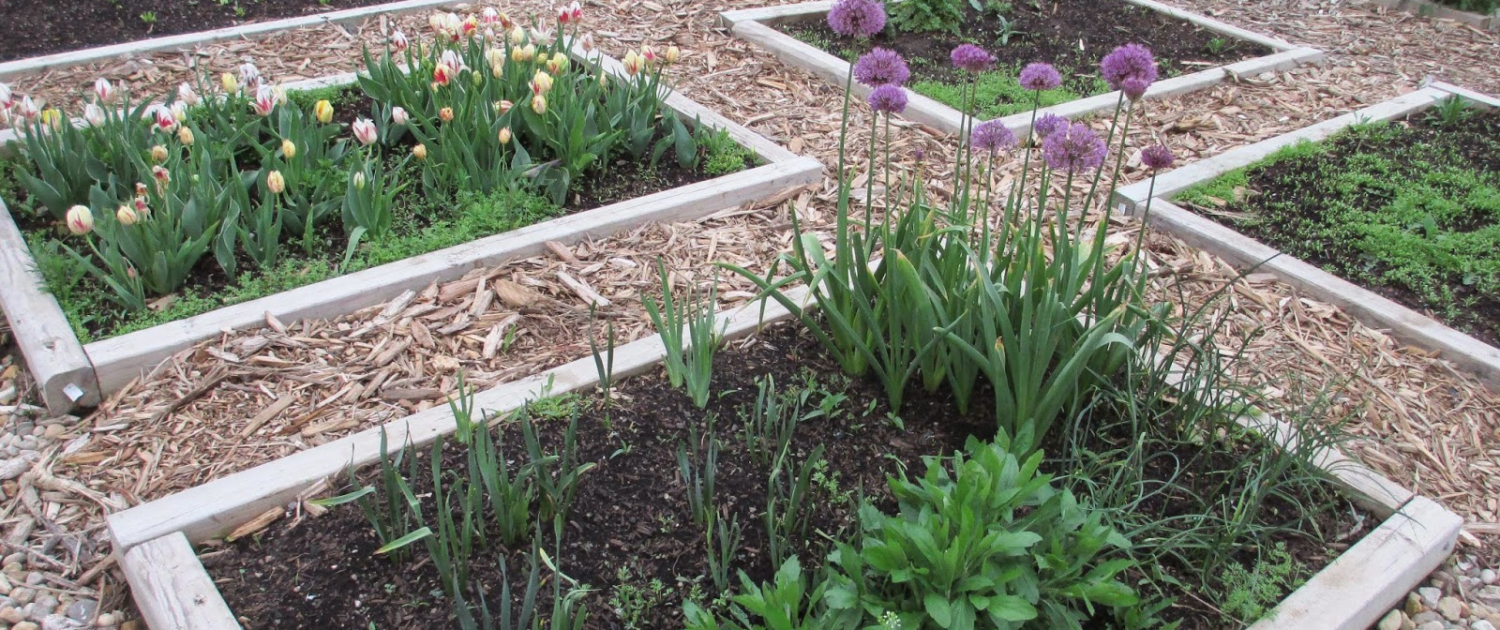
Plan your Garden Layout
Plan your Garden Layout
Arrange your vegetables strategically, considering their individual space requirements and growth habits. Proper spacing prevents overcrowding and ensures adequate air circulation, reducing the risk of diseases.
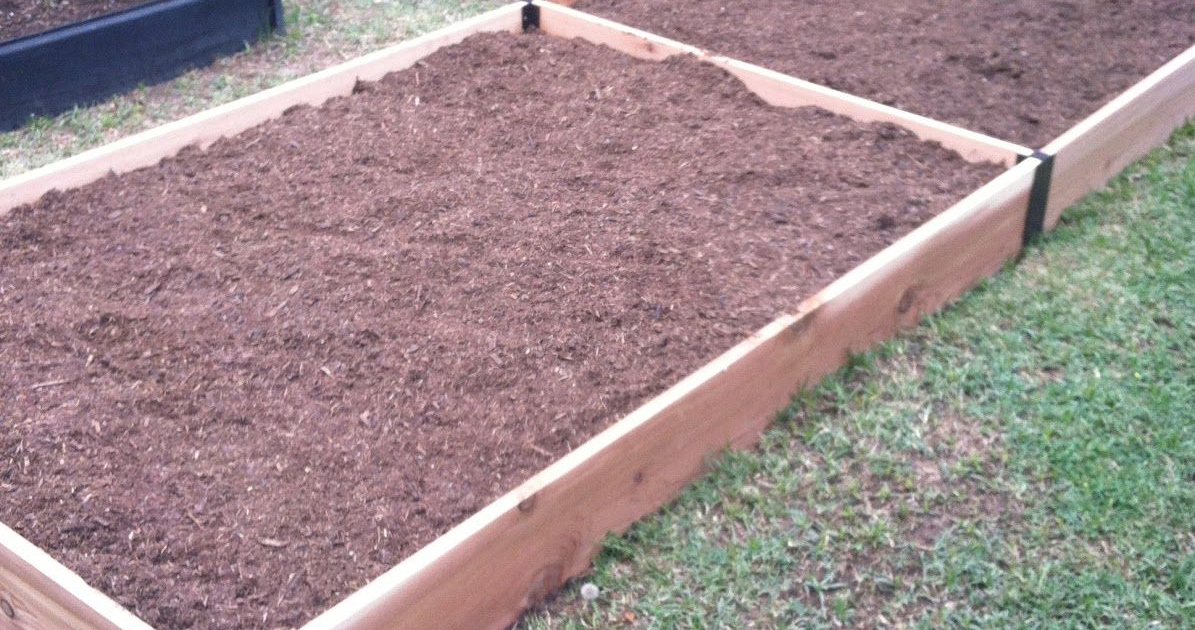
Implement Watering and Mulching
Implement Watering and Mulching
Install a drip irrigation system or water deeply and consistently to maintain even soil moisture. Mulch the soil surface with organic materials like straw or wood chips to conserve moisture, suppress weeds, and regulate soil temperature.

Provide Support and Protection
Provide Support and Protection
Some vegetables, such as tomatoes and peas, require support to prevent sprawling. Use stakes, trellises, or cages to provide the necessary support. Additionally, consider installing row covers or netting to safeguard your crops from pests.

Regular Maintenance
Regular Maintenance
Regularly inspect your garden for signs of pests, diseases, or nutrient deficiencies. Prune plants, when necessary, remove weeds promptly, and replenish mulch as needed. Stay vigilant to ensure a healthy growing environment.
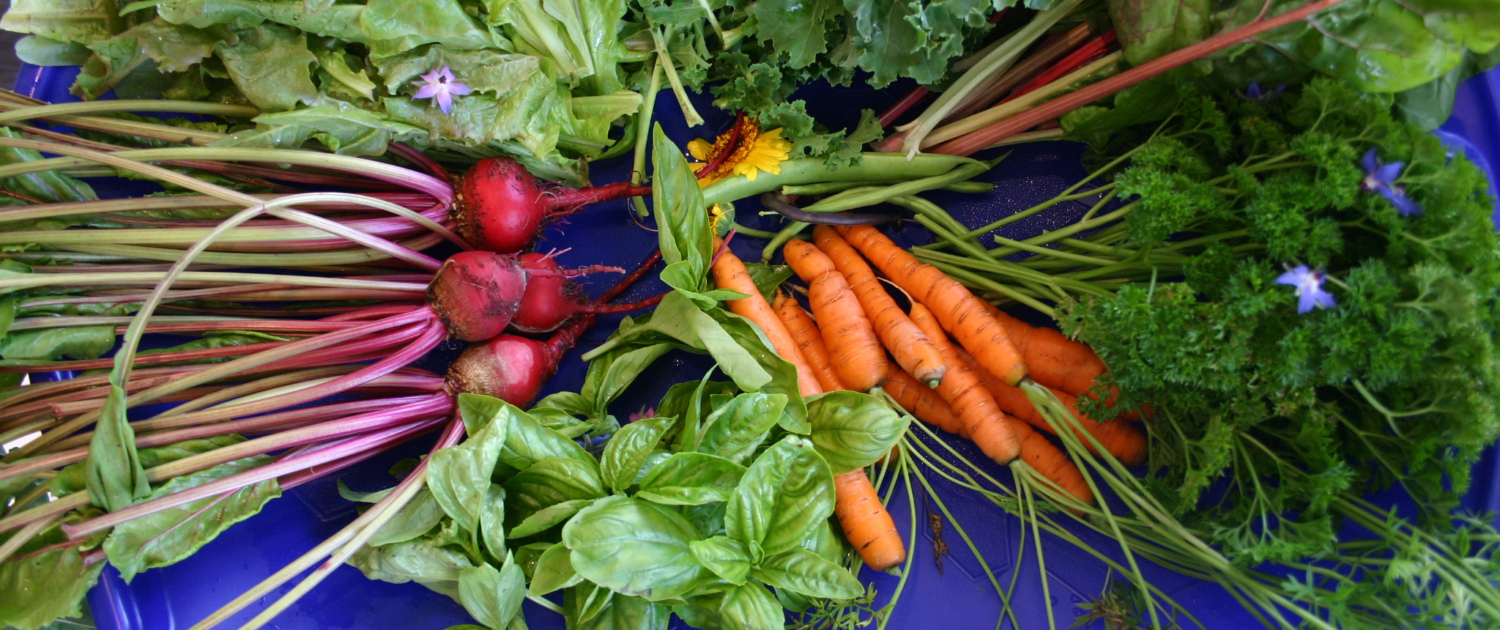
Harvest and Enjoy
Harvest and Enjoy
Once your vegetables have matured, harvest them at their peak ripeness for the best flavor and nutritional value. Regular harvesting also encourages continuous production. Celebrate the fruits of your labor by preparing delicious meals with your freshly harvested vegetables.
Growing vegetables in raised garden beds is a fantastic way to transform your outdoor space into a productive and vibrant oasis. By following these steps and investing your time and care, you can create a flourishing vegetable garden that yields a bounty of fresh, homegrown produce, bringing health and joy to your table. Happy gardening!
